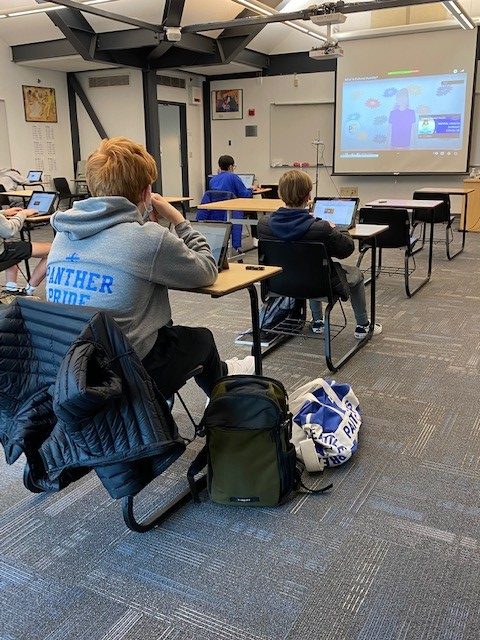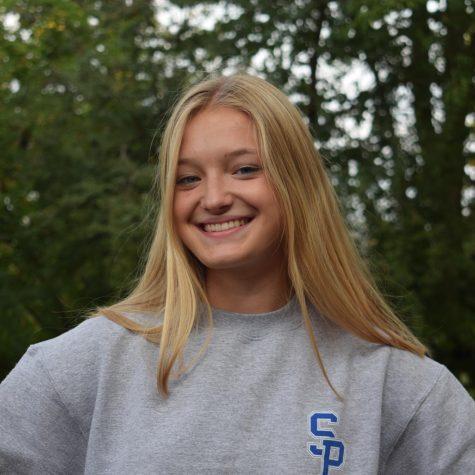Teachers Transition from Remote Learning to Hybrid Model
Teachers have transitioned from fully online, to hybrid teaching, which brings challenges and opportunities to get to know students better.
February 16, 2021
As the second semester begins, teachers, students, and faculty members transition from remote learning to hybrid learning. After nearly a year since the pandemic first began, teachers are experienced in teaching their classes through a computer screen. They have become acquainted with the challenges and limits of remote learning but remain committed and passionate about teaching Prep students.
With students primarily learning from home, teachers have found effectively communicating with students to be difficult, as well as recognizing students’ understanding of material when remote. “In person, it’s easier to read students’ faces. I can see interest, confusion, boredom . . . and can respond to that as I teach,” said Dr. Barmore. The gallery view feature on zoom also poses a challenge visually. “We can’t see as many students when they’re on the screen, and we can’t see them as well.” reflected Dr. Barmore.
Teachers with a curriculum that includes hands-on learning in the classroom find challenges in the restrictions that Covid-19 has put in place this year. “Watching videos or doing simulations just isn’t the same as having the actual experience,” Mrs. McCorriston said about her science classes. Modifications have been made to many teachers’ curriculums and lesson plans because some content requires materials and supervision that cannot be offered at home. Especially being a teacher who is new this year to Prep, McCorriston had a unique experience becoming acquainted with the school, not knowing any teachers, students, typical lesson structures, or the overall culture of Seattle Prep.
With over two weeks of experience, teachers have noticed both advantages and disadvantages of having 25% of students on campus. They have appreciated meeting students and connecting names to faces. “I think teaching is all about developing personal relationships with students. Having taught only over zoom has made that so challenging,” McCorriston said about her experience seeing students in person.
Similarly, Math Teacher Ms. Stanko appreciated her conversations with students and said, “It is so much easier to get to know students in hybrid because I can ask them questions about their classes, interests, sports, and clubs. It’s easier to have a conversation rather than typing it out in a homework assignment.”
But because 75% of students are still at home while the remaining 25% spend time in the classrooms, “The hybrid model is the toughest because you have to deal with two groups of students who are having vastly different experiences of the class.” reflected Dr. Barmore.
Even with the hybrid model’s challenges, teachers look forward to inviting more students on campus in the coming weeks and months. Building relationships with students is a valuable and rewarding way for teachers to distract from the uncertainty of the pandemic. Seattle Prep faculty, administrators, teachers, and students are optimistic about expanding to a 50% capacity hybrid model when King County’s cases lower to a safe number.



